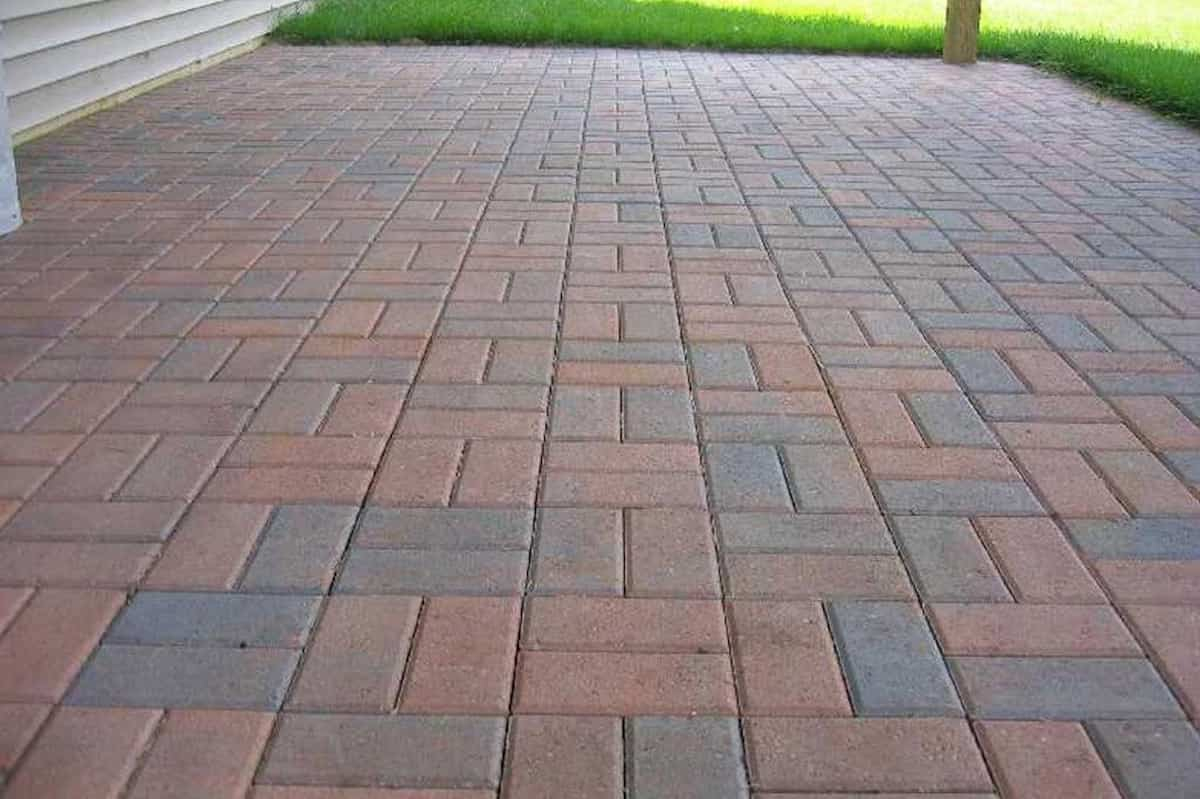Dir Economic is a method that may be used to improve any production system, from ceramic tile to leather, small businesses to large and complex systems, with the aim of reducing the amount of raw materials needed, consumed and waste generated during production.
The full use of the value of goods and services while reducing the need for new raw materials and energy by using non-material processes (using lower amounts of raw materials for use/similar functions) and re-introduction, reconstruction and recycling flow that are capable of extending lifespan and maximizing the performance of goods and services.
This will reduce waste production and disposal costs and reflect negatively on the environment and society, while opening the new outlook for the development of new goods and services in various stages of rehabilitation.

The European Union (EU) made circular economics a core of its policy for a number of years, and in 2015 updated its primary waste management recommendations for its member states with a specific set of CE policies.
Paradigm CE began to take root among the public offices and businesses in Italy, with the Environmental Act in conjunction with the Stability Act of 2015 and the Temporary Law of Enforcement in various Italian regions (the first being Emilia-Romagna).
Most waste materials produced during the manufacturing process may be used within the ceramic industry, unlike other manufacturing sectors.
Most of the waste products such as unused tiles, unused tiles, washing line sludge, polishing and pure polishing mud, and the remains of dried and lime mill can now be used in ceramic production instead of other raw materials.
It enables thousands of tons of natural materials to be transported or used, such as sand, metal, alumina, zirconium oxide, mullite and non-extractable clay.
99.5% of the production and purification of waste produced by this sector is recycled during the production cycle, which accounts for 8.5% of the process of producing raw materials. The reuse of waste from the manufacture of about 600,000 tons of clay, feldspar and other mixture of materials will save the Italian ceramic sector in general.

The Government of Emilia-Romagna region identified four byproducts of the ceramic industry that can be used effectively in the production process of ceramics with executive resolution number.
16604 October 23, 2017, which is related to the Regional Law on Circular Economy: “Powder and ceramic bodies without firing, powder from fired ceramics, unshaped ceramic products (whole or parts); Ceramic products made (whole or parts). “Inclusion on the list as a kind of assurance for the business will inform them if the production method they have adopted is appropriate and help them avoid consuming raw resources and create waste.
The use of waste products from other manufacturing processes will reduce even more raw materials needed for production (glass waste, sludge from the textile industry, etc.).
Depending on the equipment in place and material nature, various organizational systems may be used to reuse the waste produced at ceramic production facilities and in foreign operations.
At the divisional level, the average reuse factor is 129%, which is significantly higher than the 50% BAT value of the segment. (The best available technique identified by the European Union).
The encouragement of material reuse in the ceramic industry also led to a significant reduction in the movement of large trucks used to transport raw materials, maintain fossil fuels, and contribute to the reduction of greenhouse gas emissions. The same amount of material is also removed from the garbage cycle at the same time.

Another significant part of the production is the use of water, which occurs primarily during the milling of raw materials, glassmaking, and finishing processes of firing tiles. These businesses have been highly successful for many years and today 100% of the sewage is recycled during the milling process.
Groundwater use declined in 2015, and about 70% of the water needs of the recycling process were provided. The ability of companies to use effluent of foreign origin was demonstrated by the average recycling factor or the ratio of reclaimed water to the production of wastewater, which was 104%.
Ceramics is a highly durable and long-estimated material for over 50 years due to its inherent properties, including resistance to extreme weather conditions, chemicals, moisture, temperature changes and UV radiation.
Ceramics are also easily used for recycling/recovery in processes where reuse of fired and non-fired waste as well as in line-breaking garbage with CE Outlook.
Growth of product size and thickness to meet market needs also affect overall environment characteristics. Creating low-thickness ceramic products, especially the required raw material values (non-financial) and transportation costs are reduced because of lighter weight and energy costs per square meter.
The newly developed technique of digital decoration also leads to a significant reduction in the amount of decorative materials applied per square meter of ceramic products, in addition to the greater benefits for operator safety, reducing the need for energy and emissions that help global warming.

In research, the University of Bologna’s Ceramic Center has supported a number of European initiatives, including industrial enterprises, and has been used to test new ceramic products with far-distance properties and their proper distribution. These are:
By combining more than 60% of recycled materials into traditional formulas and reducing energy consumption of production processes, the MATER SOS project (stable materials for renovation and construction of new buildings) seeks to reduce the environmental impact of materials used in the building, such as concrete, mortar, tiles, tiles, interior and exterior glazing.
With the overall replacement of Feldspar and Silici sands (100% savings) and relative replacement of soils (saving more than 62%), Wincer’s project boosted the development of tiles, which can be used to achieve a significant reduction in the use of natural resources.
The costs associated with ceramic body preparation can be significantly reduced (saving about 33%). If you want to have a long-term business relationship, contact us.



